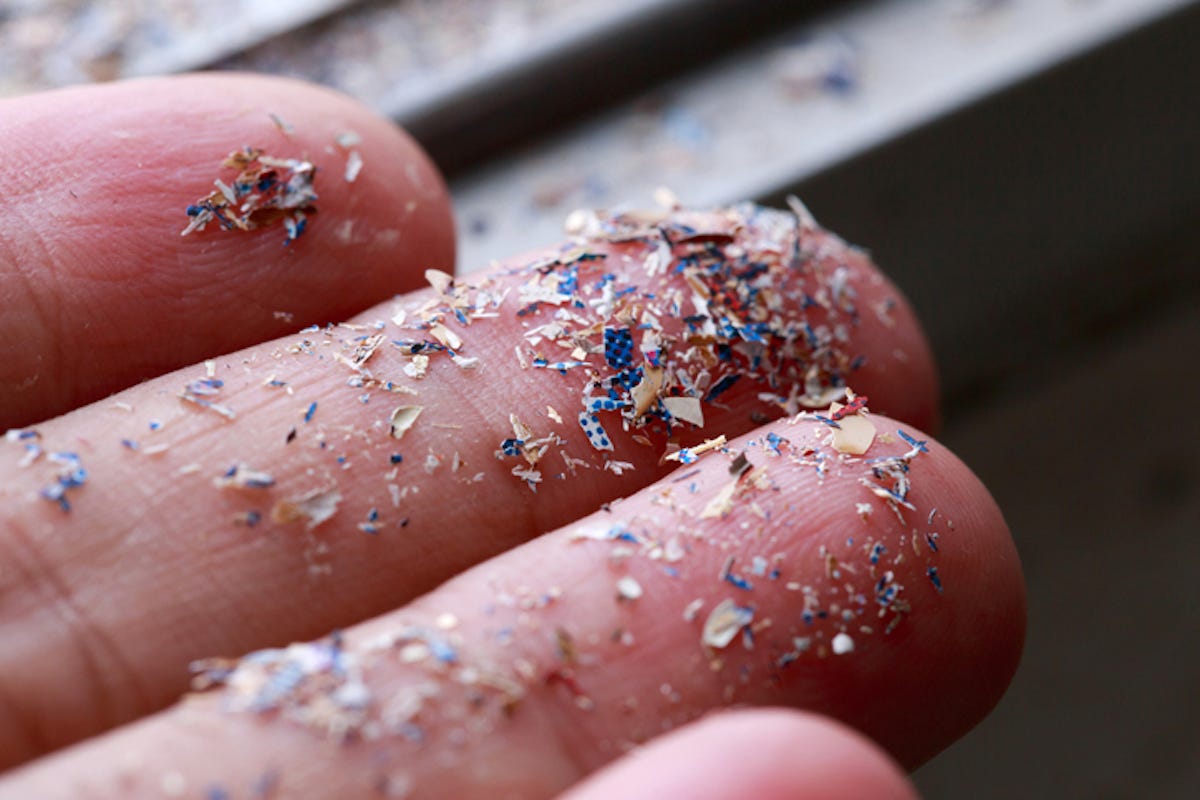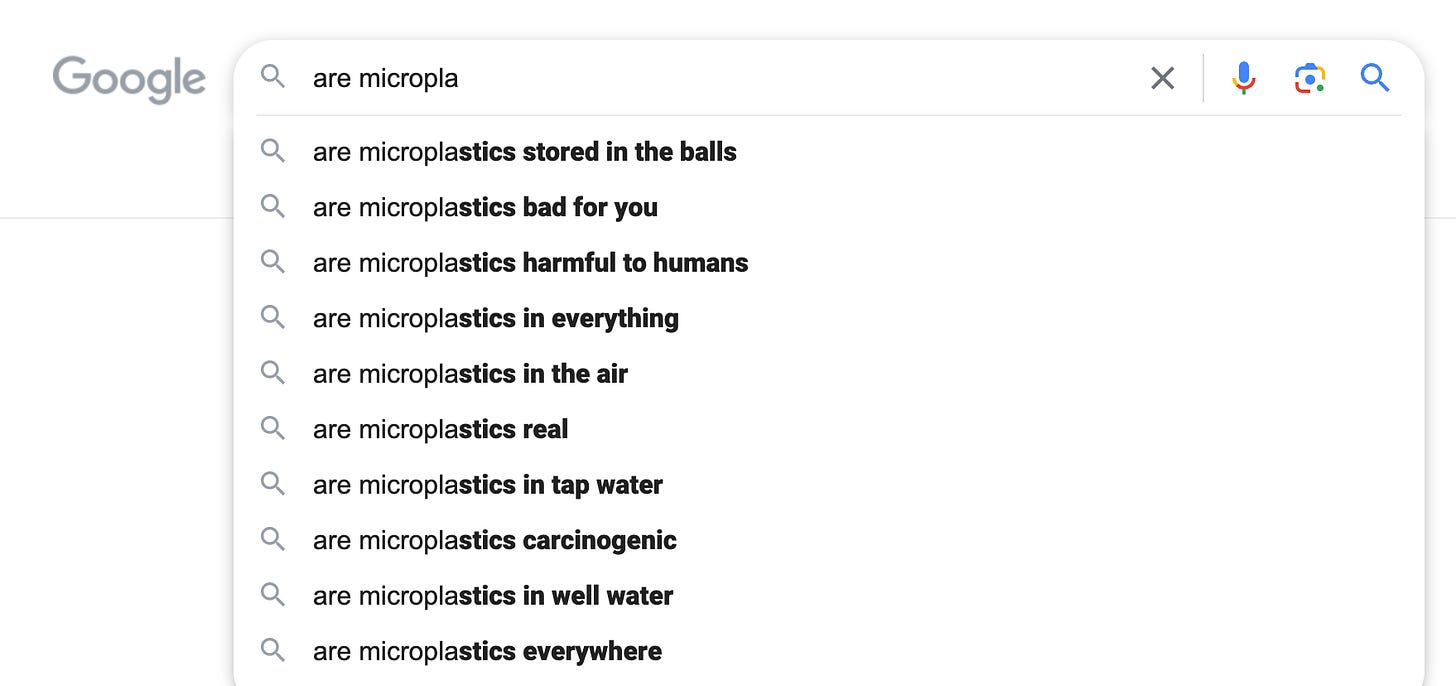Plastics are everywhere — but mostly in places they shouldn’t be
Turns out, maybe we should have been a bit more responsible with how we used plastics.

A new study in Toxicological Sciences has millions of people searching the Internet to find out: “are microplastics stored in the balls”?

The short answer is yes, with the understanding “balls” is the colloquial term for testicles. Researchers tested human testicles and dog testicles and found microplastics in every sample. Back in February, a separate study found microplastics in every sample of the human placenta that was tested. In fact, “there hasn’t been a body part that people have looked but haven’t found [microplastics] in,” environmental health researcher Tracey Woodruff told Scientific American.
Microplastics — small pieces of plastic less than 5 millimeters long — are, literally, everywhere. They have been found in clouds, beer, wind, apples, poop, honeybees, and much more. Microplastics have been detected in the Mariana Trench and the Grand Canyon, on uninhabited Pacific islands and at the top of Mount Everest.
Woodruff says “it’s not a stretch to think that we’re just going to find more adverse health effects with microplastics.” Those adverse health effects can include reduced fertility, hormone disruptions, immune dysfunction, and other illnesses, according to experts.
Currently, the World Health Organization is busy with other crises with better fear-mongering potential. So they’re not using this unseen enemy to ratchet up concern. A 2019 report from the World Health Organization looked at the evidence related to microplastics in the water cycle. “Based on the limited information we have, microplastics in drinking water don’t appear to pose a health risk at current levels,” said Dr Maria Neira, a director of Public Health, Environment and Social Determinants of Health.
…click on the above link to read the rest of the article…